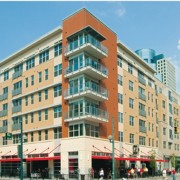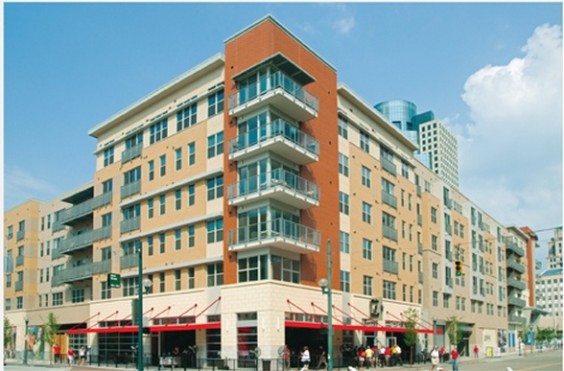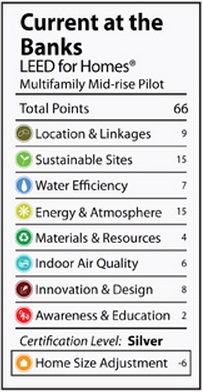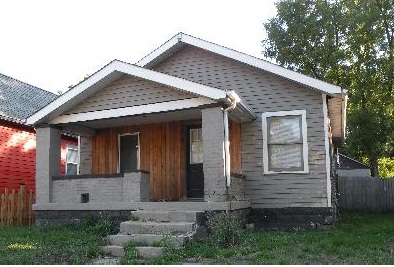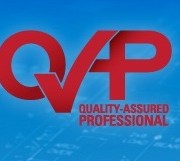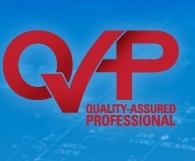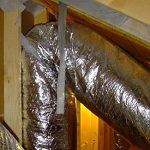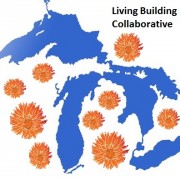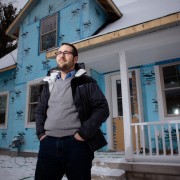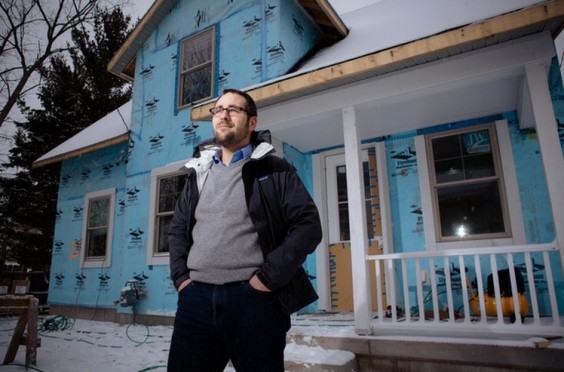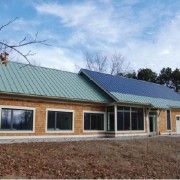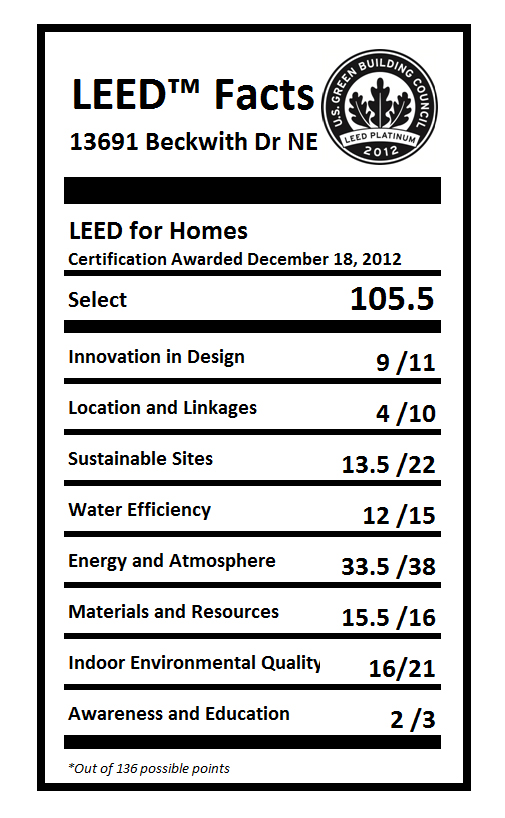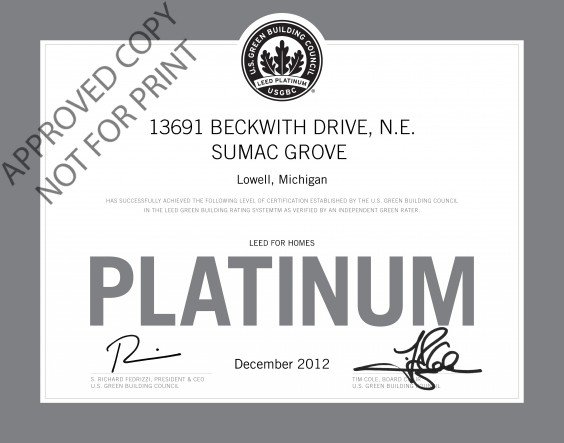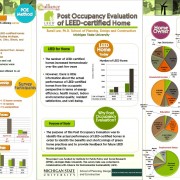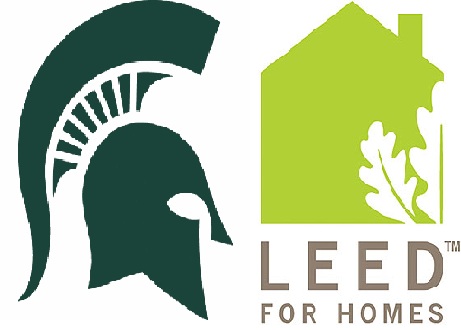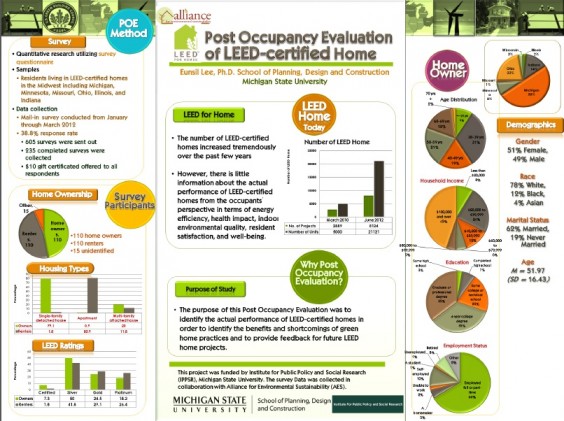How to Buy a Refrigerator that Doesn’t Suck (Energy)
That 200-pound towering box of steel in your kitchen prevents food from spoiling every second of every day. Whether it contains a single jar of pickles or all the ingredients for a holiday feast, it’s hard at work all the time—even when you’re asleep or away on vacation. Consequently, your refrigerator consumes more energy than most other appliances in your home.
If you’re shopping around for a new refrigerator, why not choose a brand new unit that helps protect the environment and save you money? Below are some tips for finding an energy-efficient refrigerator that won’t suck up your power or your wallet.
Labels Tell an Important Story
While you’ll be tempted most of all while shopping to visualize yourself using the various amenities offered with today’s refrigerators, be sure to first slip on your reading glasses and examine the contents of two important labels adhered to the appliance.
- ENERGY STAR. Since the mid-1990s, the Environmental Protection Agency (EPA) has helped consumers identify appliances that “substantially exceed minimum federal standards for efficiency and quality.” A product earns the ENERGY STAR label when it meets strict criteria, including:
-
- Product must provide energy savings nationwide
- Product must deliver energy efficiency without sacrificing the features or performance consumers demand
- Consumers can quickly recover the extra cost of an energy-efficient product by paying lower energy bills
- The technology used to make a product energy efficient is easily accessible and can be duplicated by multiple manufacturers
- Product can be tested to verify energy savings
- EnergyGuide. To help shoppers make an informed purchase decision, this yellow label displays the appliance’s average energy consumption and operating cost over the course of a year (based on the national average cost of electricity). The federal government requires manufacturers to place an EnergyGuide label on most appliances.
Part of attaining a well-rounded view of your options includes comparing the various operating costs. Remember you’ll be creating a long-term commitment to paying operating costs through power bills for whichever appliance you buy. If that expense clashes with your budget, keep exploring your options until you find the right combination of purchase price, operating cost and refrigerator features that excite you the most—which brings up a few noteworthy considerations.
Beware the Awesome Features that Suck!
Certain refrigerator amenities are impressive, for sure. And in this twenty-first century shouldn’t appliances perform at least a dozen different functions out of convenience? That is a common mindset for many homeowners nowadays, but there’s more to consider about a refrigerator than if it can replace the can opener. For example:
- Refrigerators with bottom-mount or side-by-side freezers use 10 to 25 percent more energy than models with top-mounted freezers
- The larger the refrigerator, the more energy consumption
- Models with automatic ice makers and dispensers use 14 to 20 percent more energy than models without
Once again, while these features may be great to have, you need to take into account the operating cost they each incur. Are they worth the added expense or can you live without them? Think big picture over big appliance—avoid buying a model that is larger than you truly need (16 to 20 cubic-feet models are typically the most energy efficient).
You will no doubt locate the ENERGY STAR-minted refrigerator that best fits your needs and your budget. New models are released every year from top brands like Frigidaire, GE, Whirlpool and many more. Just be sure to forecast a refrigerator’s operating cost, and think twice about its flashy amenities, before you make the purchase.
Were you aware of the magnitude of your refrigerator’s energy suck before reading this? Are you ready to (safely!) scoot your fridge away from the wall and read its labels? Please share your findings and thoughts in the comments below.
James writes on behalf of Sears and is a member of the Sears Community, an online community where you can discover new ideas, ask questions, and just be you. When he’s not writing about the importance of energy-efficiency, he spends his time searching for the next big thing.









